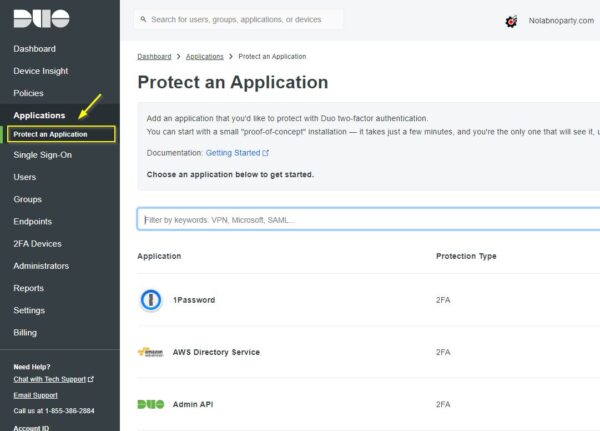

This can be done using the following command. To fix that, I needed to add a static route first. In my case I needed to regain access to the management interface first. You can type the following command to show the current routes.

Login using the user name root and the password that you specified during the UAG appliance deployment. Select Login using the Up/Down arrow keys and hit Enter. Open the UAG console in whatever hypervisor you are using. This short blog post shows a way to fix this. Instead of redeploying, I decided to fix my mistake manually. During the deployment I forgot to specify the required static route which prevented me from reaching the UAG management interface (:9443). Result Handling: For easier troubleshooting, it is advisable to store the result of the sensor in the logs directory, at a minimum if errors occure.Recently, I deployed a new VMware Unified Access Gateway (UAG) multi-nic appliance.Security Context: Assert that the script is run under a useraccount which can access the server.See below for further Information and an example. Parameters: Set the parameters as required.EXE/Script: Select the corresponding script "prtg-sensor-vmware-uag.ps1".Name: Enter a name that allows for easy identification of the sensor.Select the sensor type EXE/Script Advanced in the group Custom sensors. Select the parent device on which you want to check the Status/Statistics and choose Add sensor. prtg-sensor-vmware-uag.ps1 (PowerShell Sensor Script)."C:\Program Files (x86)\PRTG Network Monitor\Custom Sensors\EXEXML" Outputs a PRTG XML structure with multiple information about UAG such as "Broker Status", "Authenticated Sessions" (Blast / PcoIP) and "OverallStatus" Installation Sensor creationĬopy the script file into the PRTG Custom EXEXML sensor directory:


 0 kommentar(er)
0 kommentar(er)
